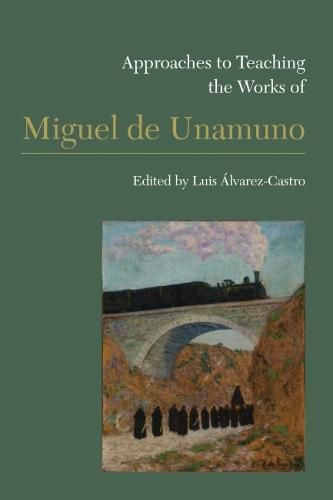Readings Newsletter
Become a Readings Member to make your shopping experience even easier.
Sign in or sign up for free!
You’re not far away from qualifying for FREE standard shipping within Australia
You’ve qualified for FREE standard shipping within Australia
The cart is loading…






A central figure of Spanish culture and an author in many genres, Miguel de Unamuno (1864-1936) is less well known outside Spain. He was a surprising writer and thinker: a professor of Greek who embraced metafiction and modernist methods; a proponent of Castilian Spanish although born in the Basque country and influenced by many international writers; religious yet an early existentialist. He found himself in opposition to both King Alfonso XIII and the military dictatorship of Jose Primo de Rivera, then became involved in the political upheaval that led to the Spanish Civil War.
Part 1 of this volume, Materials, gives information on different editions and translations of Unamuno’s works, on scholarly and critical secondary sources, and on Web resources. The essays in part 2, Approaches, offer suggestions for introducing students to the range of his works–novels, essays, poetry, and philosophy–in Spanish language and literature and comparative literature classrooms.
$9.00 standard shipping within Australia
FREE standard shipping within Australia for orders over $100.00
Express & International shipping calculated at checkout
A central figure of Spanish culture and an author in many genres, Miguel de Unamuno (1864-1936) is less well known outside Spain. He was a surprising writer and thinker: a professor of Greek who embraced metafiction and modernist methods; a proponent of Castilian Spanish although born in the Basque country and influenced by many international writers; religious yet an early existentialist. He found himself in opposition to both King Alfonso XIII and the military dictatorship of Jose Primo de Rivera, then became involved in the political upheaval that led to the Spanish Civil War.
Part 1 of this volume, Materials, gives information on different editions and translations of Unamuno’s works, on scholarly and critical secondary sources, and on Web resources. The essays in part 2, Approaches, offer suggestions for introducing students to the range of his works–novels, essays, poetry, and philosophy–in Spanish language and literature and comparative literature classrooms.